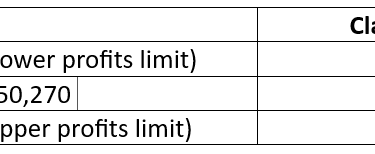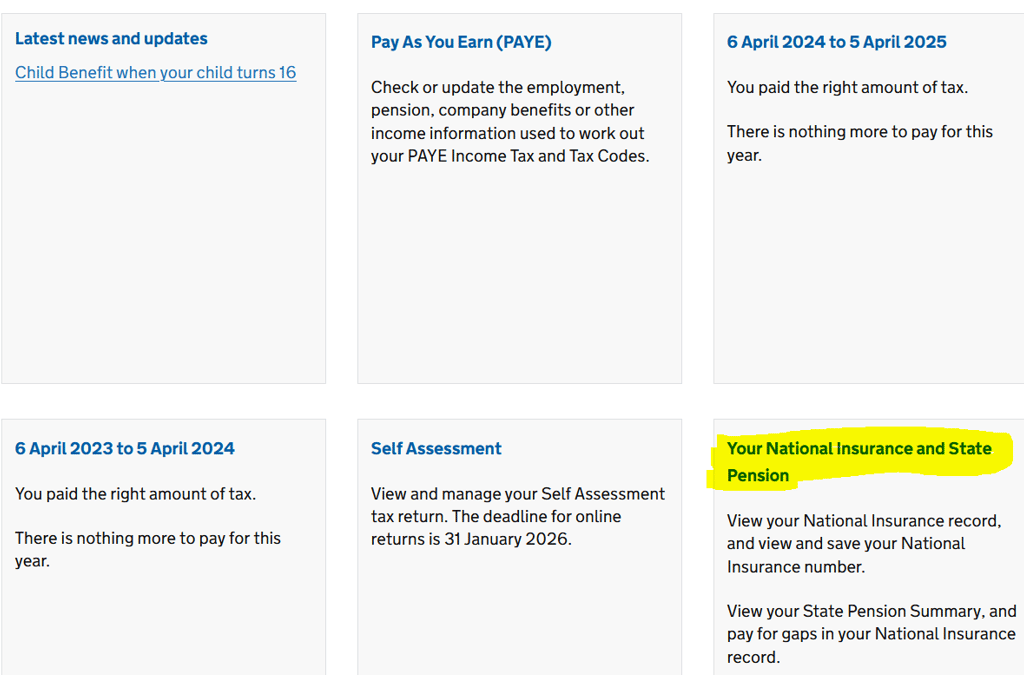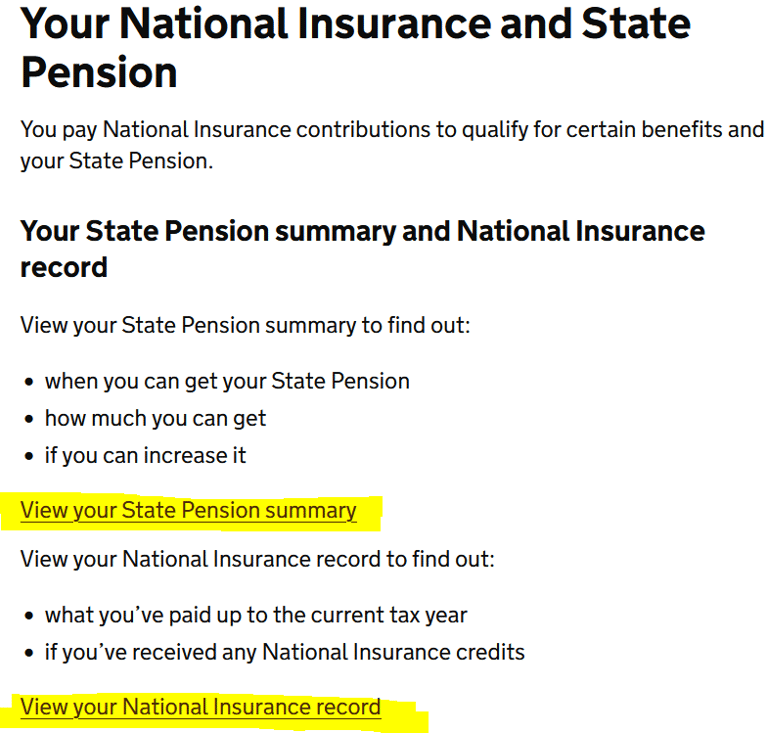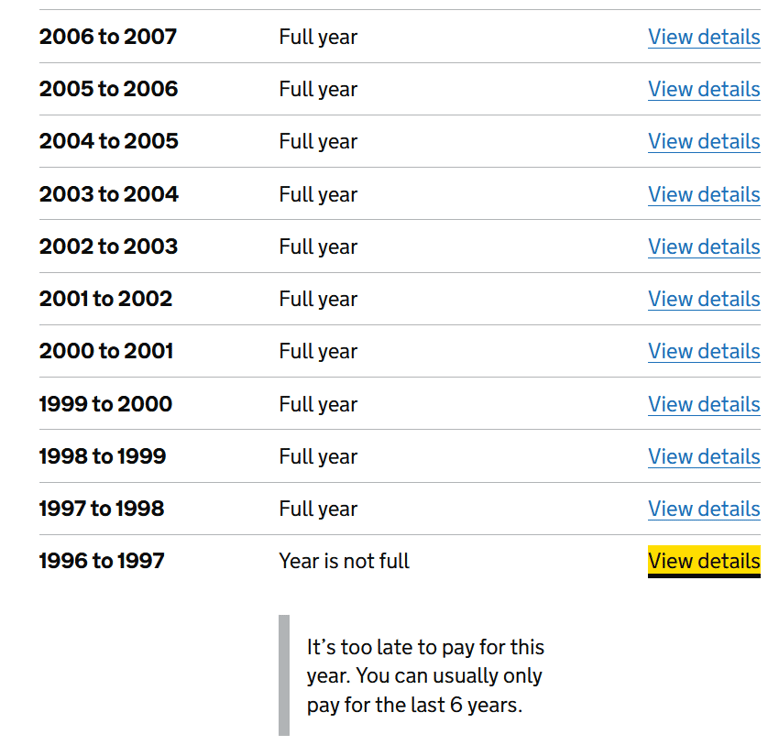Self Employed National Insurance Contributions - What You Need to Know.
NATIONAL INSURANCE
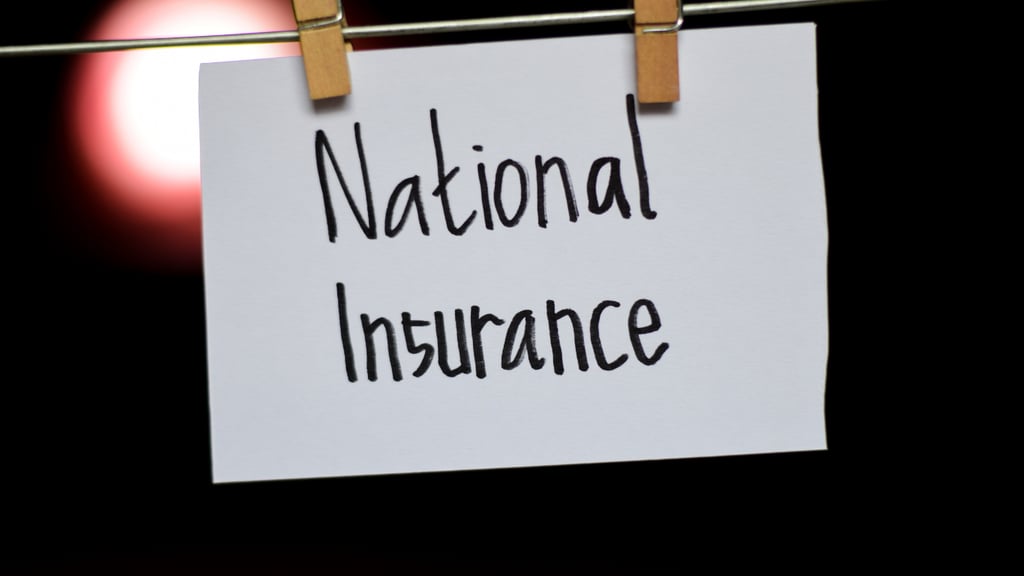

If you are self employed you may need to pay National Insurance, depending on your age and profit made from your self-employment
You only pay National Insurance contributions (NIC) between 16 and the state retirement age, which as 66 at the time of writing this article, in 2025. This is pencilled to increase to 67 for both men and women between 2026 and 2028.
There are two different classes of National Insurance relevant to those who are self-employed – Class 2 and Class 4. Let us look at each one in detail.
Class 2 National Insurance:
Paying class 2 National insurance help you qualify for contributory state benefits. This means your eligibility to certain state benefits very much depends on how much class 2 National Insurance contributions you have made within a defined time frame.
The main contributory state benefits that paying class 2 NICs entitle you to include state pension, maternity allowance and employment and support allowance. See the sections below on Maternity allowance and Contributions-based employment and support allowance and state pension for more information.
From April 2024, self-employed taxpayers no longer need to pay class 2 NICs, but may voluntarily do so to protect their entitlement to the contributory state benefits mentioned above. Class 2 NICs whether paid on a mandatory or voluntary basis are a fixed weekly amount of £3.45 for the 2024/25 tax year and £3.50 for the 2025/26 tax year. Therefore making voluntary contributions of Class 2 NIC at £3.45 per week, the total payable is £179.40 for 2024/25 tax year and £182 for the 2025/26 tax year.
The amount of class 2 NIC due is based on the number of weeks in which you are self employed in the tax year and a tax week runs from a Sunday to a Saturday. If a contribution straddles two tax years, it is treated as falling in the earlier year.
Let’s look at 3 different scenarios:
Scenario A:
Your tax adjusted profit from your self-employment is less than £6,725 for the 2024/25 tax year.
The £6,725 is known as the small profits’ threshold. With this level of profits, you are not treated as having paid Class 2 NIC nor are you given any Class 2 National Insurance credits. So, you may need to voluntarily pay the insurance in order to maintain your entitlement to the contributory state benefits we discussed above.
In general, businesses or sole traders with very low profits potentially need to pay voluntary class 2 NICs if they are to secure a qualifying year (52 weeks’ worth) for National insurance purposes.
A qualifying year is a year when sufficient NICs have been paid or treated as being paid or where you received National Insurance credits.
Scenario B:
Sole traders with tax adjusted profits above the small profits threshold but below the lower profits limit are treated as having paid class 2 NICS even though they have not actually paid any. For the 2024/25 tax year we know that £6,725 is the small profits threshold and the lower profit limit is £12,570, so if your tax adjusted business profit is between these two amounts, then HMRC will treat you as having paid Class 2 NICS even though you will not be required to pay any.
Let’s look at an example:
Williams has self-employment profits of £11,250 in the 2024/25 tax year. He will not have to pay any class 2 NIC as his profits are above the small profits threshold but below the small profits limit, but he will be treated as having paid them.
Scenario C:
Those with tax adjusted profits over the lower profits limit of £12,570 for the 2024/25 tax year will not need to pay Class 2 NIC but will also be treated as having paid it. This means they will benefit from all the entitlement to contributory state benefits. They will instead have to pay class 4 National Insurance.
It is worth bearing in mind that if you have more that one trade, all the profits will be combined to arrive at the small profits threshold and the lower profit limit.
Contributory State Benefit - Employment and Support Allowance:
Previously called contribution-based Employment Support Allowance, the new style employment and support allowance is paid to people who are unable to work because of ill health. Usually, to be eligible to be paid ESA, in the current benefit year (which runs from January to December) you must have paid the following National Insurance contribution:
in one of the previous two complete tax years before the benefits year, you must have paid 26 weekly contributions and
in both of those previous complete tax years, you must have paid or been credited with 50 weekly contributions.
For example, to claim ESA in September 2025 (the benefit year is January – December 2025) you must have paid at least 26 weekly contributions in either of the two previous tax years, 2022/23 and 2023/24. In addition, you must have paid or been credited with 50 weekly contributions for both of those tax years.
Please note there are some exceptions to the above and you can find out more from the ESA website.
Contributory State Benefit – Maternity Allowance
Entitlement to this allowance is based on NIC paid in the 66 weeks before the baby is due. This is known as the test period. If you are self-employed, then there are different amounts of maternity allowance depending on the number of weeks you have paid class 2 NIC.
For example, if your baby was due in 15th December 2025, then you would have had to pay sufficient contributions in the 66 weeks leading to up to that date – broadly from September 2024 to 15th December 2025. That is, you should have made enough Class 2 NIC contributions from Sept 24 to 15th Dec 2025.
Payment of your class 2 NIC for the tax year 2024/25 will not be due until 31 January 2026, so these contributions would not have been paid at the time your baby is due and therefore need to make a claim for the maternity allowance. This is an instance of when you may choose to pay your class 2 NIC early before the due date (31st January 2026) and before you need to claim (from 15th of Decembr in our example ) so you qualify for and can receive the standard rate of maternity allowance.
So what happens if you have not made enough contributions or not paid your contributions early enough? When you make a claim for maternity allowance, you should be given the opportunity to make a lump sum payment of class 2 contributions to enable you claim the standard rate maternity allowance. HMRC will work out how many weeks contributions need to be paid and then issue a bill for this amount.
Contributory State Benefit: State Pension
The State pension amount you receive will also depend on you having paid or been credited with sufficient NIC over your working life. You need a minimum of 10 qualifying years on your National Insurance record and usually a maximum of 35 years (but this can vary and will depend on your circumstances)
Class 4 National Insurance Contribution:
Class 4 NIC is based on the level of your taxable – self employed profits. You are only liable to pay class 4 National Insurance if your taxable profits are over the lower profits limit, £12,570 for 2023/24 and 2024/25 tax years. The rate of NICs paid is determined by the profit band.
Let’s look at an example:
Sue made profits of £52,000 for the 2024/25 tax year.
Her National Insurance contributions can be calculated as follows:
Class 2 NIC: £0 (but she will automatically be treated as having paid them for her NIC record by HMRC)
Class 4 NIC:
First £12,570 @ 0% = £0.00
Next £37,700 @ 6% = £2,262
Last £1,730 @ 2% = £34.60
Total Class 4 NIC due = £2,296.60
Both class 2 NIC and class 4 NIC are calculated and paid along with income tax through the self-assessment system. If you make payments on account, then your class 4 NIC will be included when calculating the instalments.
If you do not pay your tax through payments on account, then class 4 NIC will usually be due on 31 January following the end of the tax year to which it relates. Class 2 NIC is usually paid as part of the payment due on 31 January following the end of the tax year.
Next Steps:
I will recommend that you check your national insurance records as soon as possible, so you have an idea of where you stand.
If you don’t have a government gateway account, I will strongly encourage that you go an open an one.
Once you have access you will be able to view your National insurance records and see where there are gaps, if any but also most importantly if you need to take steps to top them up.
Below are screen shots of my HMRC online account and you can see at the bottom left hand corner I can drill down to see my National insurance records and I had an incomplete year between 1996 and 1997 which I can’t do much about anymore because it is over 6 years old and HMRC clearly displays that message so the sooner you know where the gaps are if any, the sooner you can take the necessary steps to correct and top these up so you are entitled to the maximum possible.
Still have questions? Then please do reach out by emailing or filling out our online form and we will be in touch with 24 hrs. That is our promise.
Blog content is for information purposes only and over time may become outdated as the tax landscape is constantly changing, although we do strive to keep it current and up to date. It is written to help you understand your Taxes and is not to be relied upon as professional accounting, tax and legal advice. For additional help please contact our support team or HMRC.

